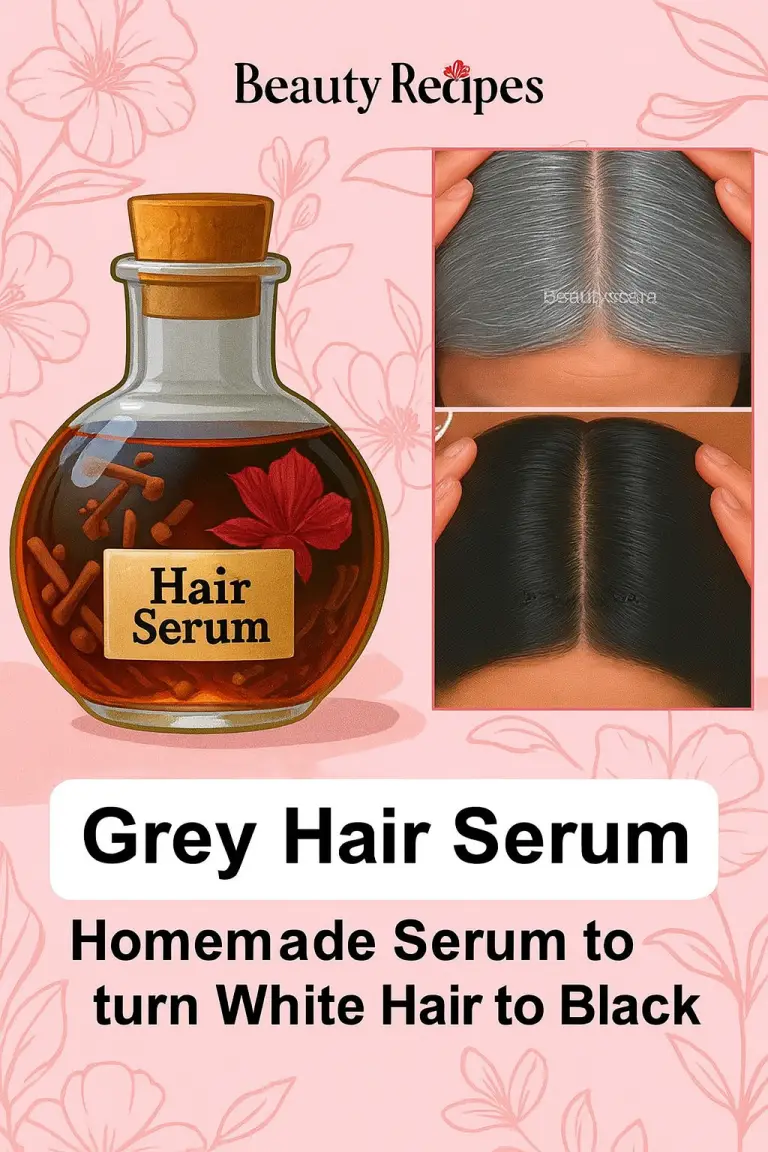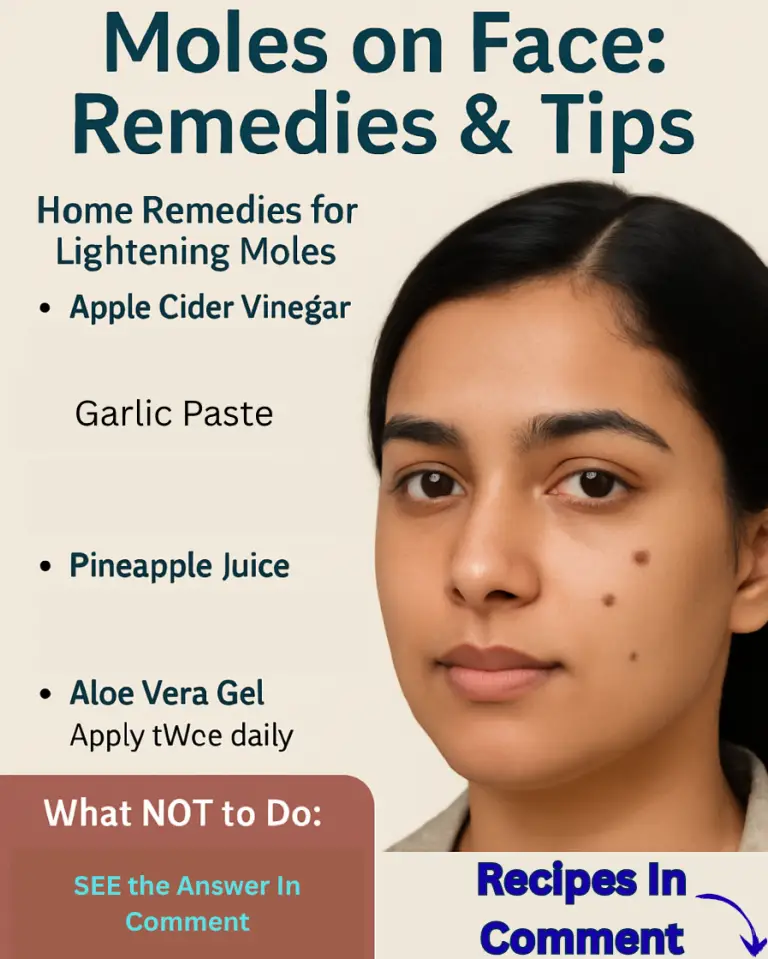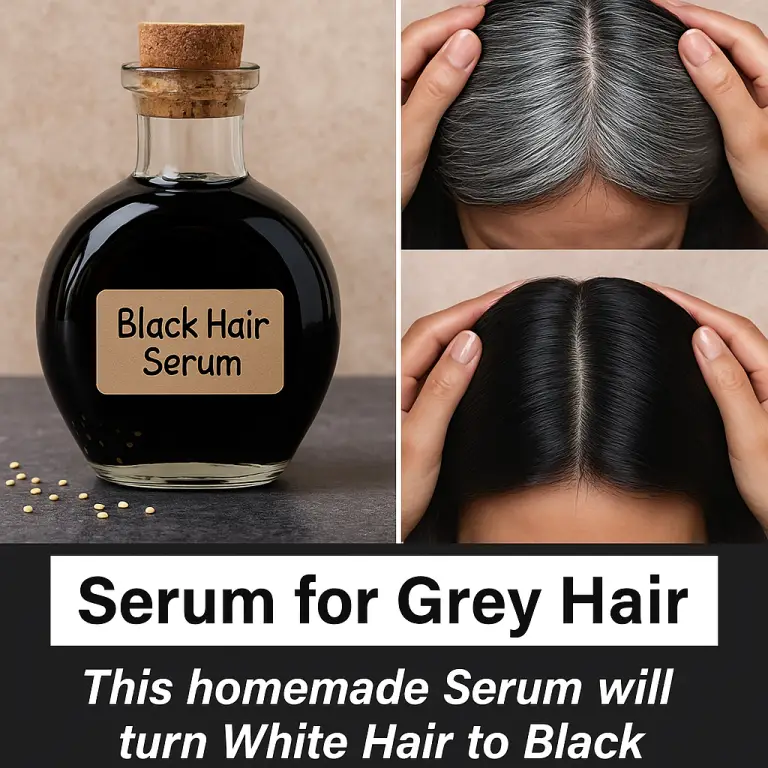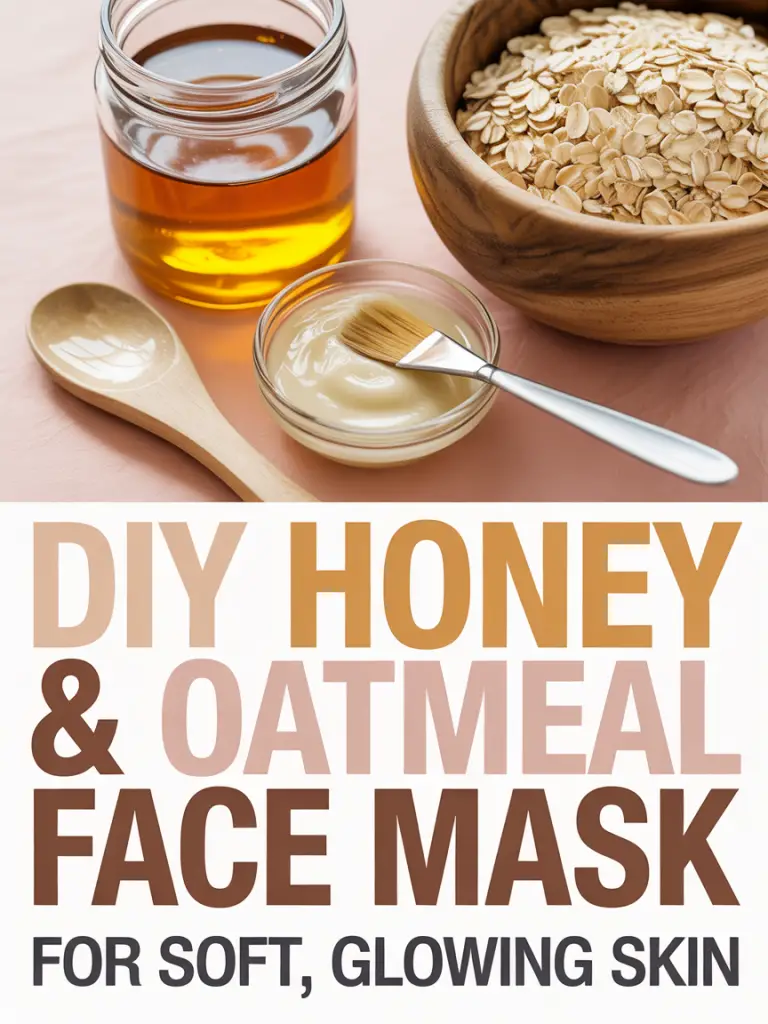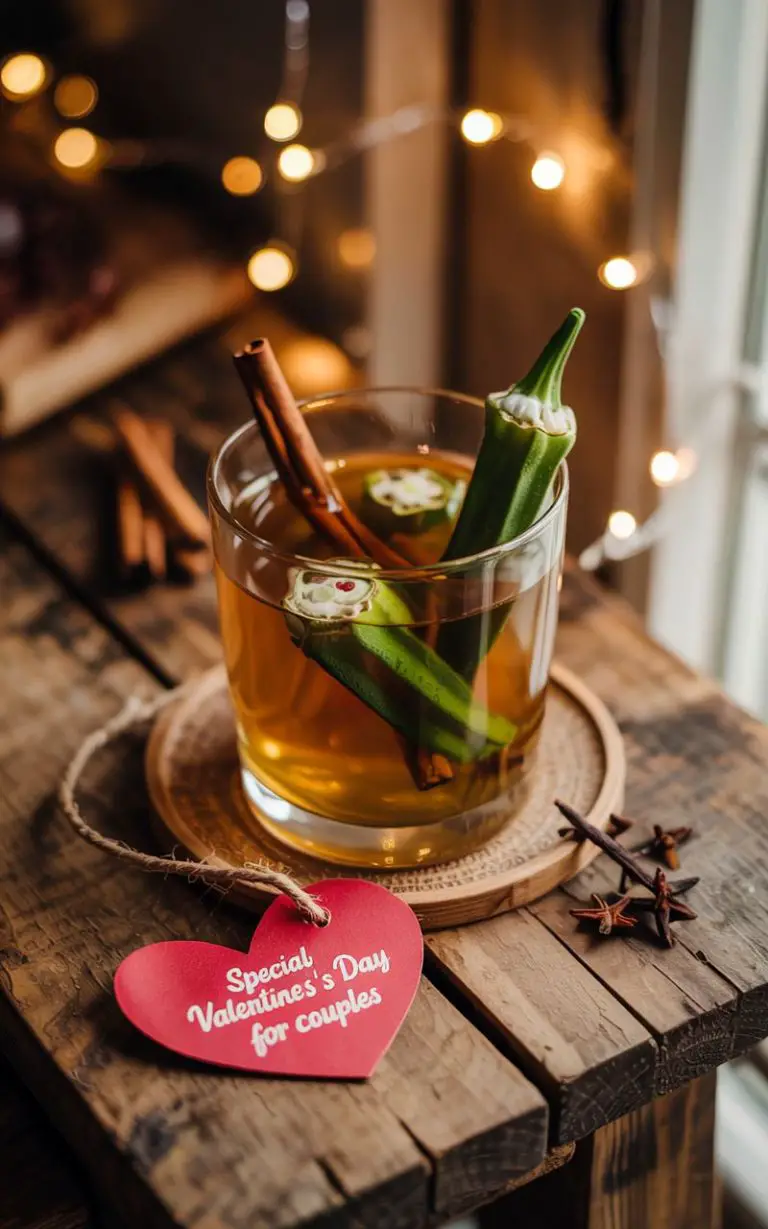These 3 ‘Natural’ Beauty Hacks Could Be Destroying Your Skin Barrier
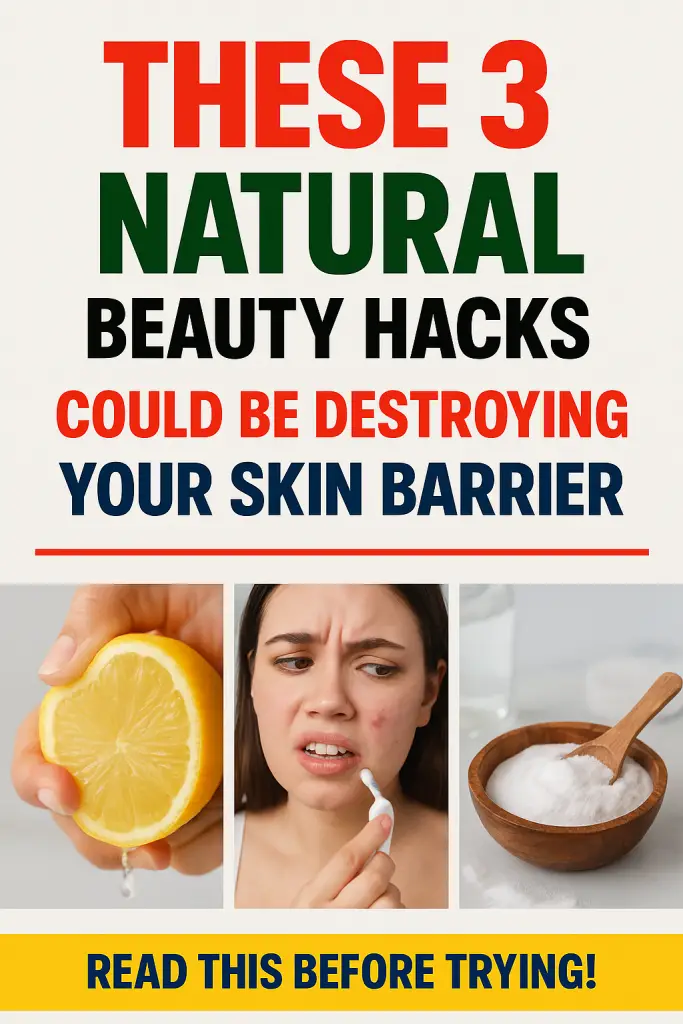
Okay, so let’s be real for a second. We’ve all fallen for at least one of those “natural beauty hacks” floating around on TikTok, Instagram, or that friend who swears her DIY kitchen remedy is the holy grail of skincare. You know the vibe: “Just rub lemon on your face, it’s totally safe!” Uh-huh, sure. Fast-forward a few days and suddenly your skin feels like sandpaper, and you’re googling “how to fix skin barrier damage ASAP” at 2 AM. Been there, done that.
Here’s the truth nobody likes to admit: not every “natural” hack is your skin’s BFF. In fact, some of the most popular DIY tricks could be wrecking your skin barrier—that magical protective shield keeping your face from going full Sahara desert mode. And once you mess with it? Hello redness, irritation, and breakouts.
So today, we’re breaking down 3 so-called “natural” beauty hacks that could actually be destroying your skin barrier. Think of this as a friendly warning from someone who’s been burned (literally… thanks, lemon juice). Let’s save your skin, shall we?
What Even Is Your Skin Barrier?
Before we spill the tea on the culprits, let’s do a quick refresher.
Your skin barrier is basically the bouncer at the club—keeping bad stuff (like bacteria and pollution) out while locking in the good stuff (like hydration). It’s made up of lipids, ceramides, and fatty acids that work like a protective wall.
When it’s healthy, your skin looks smooth, plump, and glowing. When it’s damaged? Expect:
- Redness and irritation
- Dryness and flakiness
- Breakouts you didn’t ask for
- That “tight, burning” feeling no moisturizer can fix
So yeah, messing with your skin barrier = big mistake. Now let’s talk about those “hacks” people love to rave about that actually do more harm than good.
1. Lemon Juice as a DIY Toner 🍋
Oh yes, the infamous lemon trick. If I had a dollar for every time I saw someone say “lemon juice brightened my acne scars overnight,” I could fund my entire skincare shelf.
Why People Do It
Lemon juice is packed with vitamin C, and vitamin C is amazing for brightening skin and fading hyperpigmentation. So naturally, people think: “Why spend $$ on a serum when I can rub this fruit on my face for free?”
The Problem
Here’s the catch: lemon juice is highly acidic. Your skin barrier needs a slightly acidic pH (around 4.7 to 5.5) to stay balanced. Lemon juice? Its pH is closer to 2. That’s like pouring acid rain on your face.
What happens next?
- Skin irritation (stinging, redness, burning)
- Increased sensitivity to the sun = higher risk of sunburn
- Potential chemical burns (yep, not even being dramatic here)
And let’s not forget: lemon juice contains compounds that can cause phytophotodermatitis—a fancy way of saying it reacts with sunlight and leaves you with dark patches instead of clear skin.
Personal Take
I tried this hack in my teens, and let’s just say I went from “maybe this will fade my acne scars” to “why does my face look like I fell asleep on a hot grill?” Lesson learned.
Safer Alternative
If you want the brightening magic of vitamin C, go for an actual vitamin C serum. They’re formulated with stabilized ascorbic acid, buffered to be skin-friendly. Your skin gets the glow without the burn. Win-win.
2. Baking Soda as a Face Scrub 🧁
Ah, baking soda—the same thing you stick in the fridge to fight weird odors and somehow, people thought it belonged on your face too.
Why People Do It
It’s cheap, it’s “natural,” and it gives that satisfying scrubby texture. People swear it exfoliates dead skin and leaves their face feeling smooth.
The Problem
Baking soda’s pH is around 9. Remember how your skin barrier likes things a bit acidic? Yeah, baking soda is way too alkaline. Using it regularly throws your skin off balance, strips away protective oils, and compromises your barrier.
The result?
- Excess dryness (hello, flaky patches)
- Irritation and inflammation
- Breakouts because your skin barrier can’t fight bacteria properly anymore
And don’t even get me started on the physical exfoliation part—baking soda particles are uneven and abrasive, which means micro-tears in your skin. Micro-tears = damage you don’t even see until it shows up as irritation or acne.
Personal Take
I once used a baking soda scrub because some “Pinterest skincare board” told me it was the ultimate hack. Spoiler: my skin felt like it had been sandblasted, and it took weeks of layering ceramide creams to calm it down. Never again.
Safer Alternative
Want exfoliation without the trauma? Go for:
- Chemical exfoliants (like AHAs or BHAs) that gently dissolve dead skin
- Gentle scrubs with jojoba beads if you absolutely crave that scrubby feeling
Your skin will thank you, trust me.
3. Toothpaste for Pimples 🦷
This one makes me laugh and cringe at the same time. If you grew up in the early 2000s, chances are you tried this at least once.
Why People Do It
Toothpaste contains ingredients like baking soda, hydrogen peroxide, and sometimes triclosan—all of which sound like they could dry out a pimple, right? And yes, toothpaste does dry things out… but that’s not always a good thing.
The Problem
Toothpaste isn’t designed for your skin—it’s designed for enamel. That means:
- Extreme dryness that wrecks your barrier
- Irritation (especially if you’ve got sensitive skin)
- Possible chemical burns depending on the formula
Sure, your pimple might shrink temporarily, but now you’ve got redness and peeling on top of it. Congrats, you just swapped one problem for another.
Personal Take
When I was in high school, I slapped some toothpaste on a zit before bed thinking I’d wake up flawless. Instead, I woke up with a red, flaky circle around the zit that took longer to fade than the actual pimple. 10/10 do not recommend.
Safer Alternative
If you want to zap a pimple, stick with actual acne treatments like:
- Benzoyl peroxide (kills acne-causing bacteria)
- Salicylic acid (unclogs pores)
- Hydrocolloid patches (my fave—satisfying and effective)
They’re designed for skin, not teeth. Big difference.
How to Heal a Damaged Skin Barrier
So maybe you’ve dabbled in these hacks (no judgment, I did too). Now you’re wondering: What do I do if my skin barrier is already crying for help?
Here’s your rescue plan:
- Ditch harsh products (no more scrubs, acids, or drying treatments until you heal)
- Moisturize like crazy with ceramide-rich creams
- Stick to gentle cleansers—no foaming, stripping formulas
- Use sunscreen daily (damaged barrier = more vulnerable to UV damage)
- Keep it simple—minimal products, maximum hydration
Think of it as rehab for your skin. With a little patience, your barrier can bounce back.
Final Thoughts
Here’s the deal: natural doesn’t always mean safe. Lemon juice, baking soda, and toothpaste may look harmless sitting in your kitchen or bathroom, but your skin barrier sees them as full-on enemies. IMO, skincare should make your face happy—not leave it red, flaky, or painfully tight.
So next time you’re tempted by a viral hack that sounds too good to be true, just ask yourself: Would I put this on a baby’s skin? If the answer is “uh, definitely not,” then it probably doesn’t belong on your face either.
Your skin deserves better than kitchen experiments. Go with products actually formulated for skin, protect your barrier, and let your natural glow shine through—without the DIY disasters. 🙂

